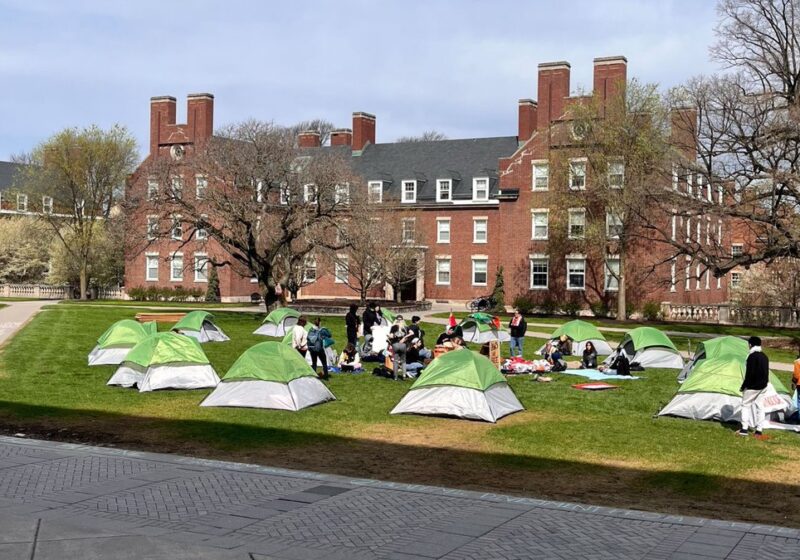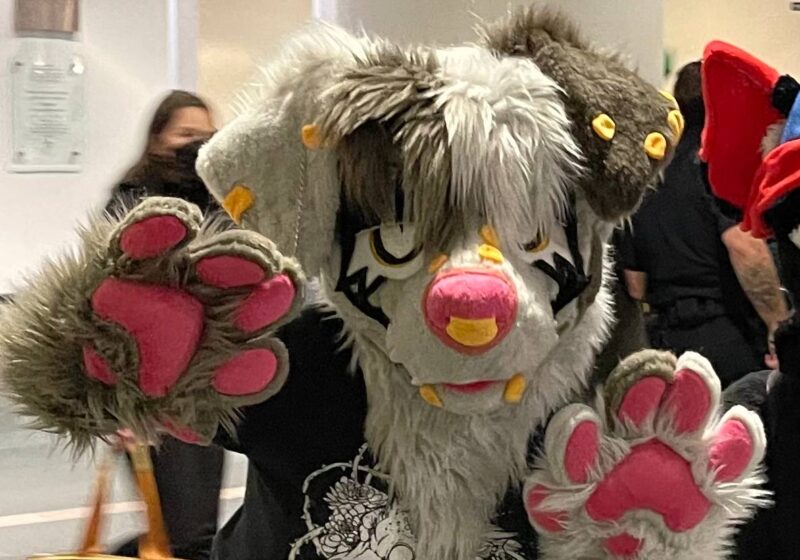In these confusing, unusual, insane, unprecedented times, we’re all looking forward to one thing: a vaccine that will eliminate the threat of COVID-19 and allow us to return to our daily lives.
But vaccines have somehow become a polarizing issue among Americans. The past few years have seen a rise of anti-vaxxers and “skeptics” that has laid the groundwork for the anxiety people are feeling over a possible COVID-19 vaccine.
Beyond the fear-mongering of the conspiracy realm, there are valid concerns about this golden ticket we seem to be racing toward. So what should we really be asking?
To tackle the first question everyone seems to have — will it be safe?
Yes. The FDA has already put out emergency development guidelines that will be updated to ensure we have a longstanding, stable vaccine after the main outbreak has subsided. Most importantly, licensing a vaccine is going to require full data on every trial run, every living cell it was in, every step of the manufacturing process, and multiple finals from batches shown to be safe for human use. There’s no exception to increase the speed of production.
How soon can we get it? Currently, the most exact date we have is Pfizer pushing for regulatory review by October. This would mean in the early months of 2021 we could see healthcare workers and high risk groups receiving the first distributions of the vaccine. Moderna, another major player, hopes to have similar efficiency and enter review by the end of this year.
What about the FDA saying that a vaccine effectiveness of 50% is enough? Isn’t that really low?
Well, comparatively, it’s right around flu vaccine effectiveness. The upper average of flu vaccine effectiveness is 60%, only 10% more than the lowest acceptable number for a coronavirus vaccine.
America’s sweetheart, Dr. Anthony Fauci, is unconcerned with this standard as there is an incentive for producers to create the most effective vaccine independent of guidelines. So no sweat. Any protection is still protection that we don’t yet have.
How much will it cost? Pfizer has gone on record saying they aim to have each dose available for less that $20, making the two doses a total of around $40 for vaccination. Moderna, however, has been less clear, hinting at a commercial price because of their innovative research and smaller federal funding. Their prices are currently around $30 per dose ($60 per course), but there’s speculation it could cost anywhere from $300 to $725.
An important side note is that both companies have seen stock prices decline, so no, federal funding isn’t artificially inflating stock prices and benefiting the business side of these companies.
That all sounds well and good. So what are the real problems we should be focusing on?
The first thing to remember is that a vaccine will still take multiple weeks to work — 7 weeks minimum, in the case of the current Moderna vaccine. You can’t return to normal maskless life straight out of the doctor’s office. We can’t fall into a false sense of security, as many states did in July, to catastrophic ends.
It’s also important to note that vaccines attempting to use mRNA, like Moderna and Pfizer, must be stored at -112 degrees Fahrenheit. Regular glass vials will shatter at this temperature, meaning specialty vials must be produced before major production can happen. Small clinics that serve rural and poor communities likely won’t have the facilities to keep vaccines stable for more than an hour or so. There will be major losses because of vaccines spoiling, meaning insane production numbers already in the billions will have to include extra billions of doses to account for loss.
Furthermore, the federal government has no specific plans for vaccine distribution. Operation Warp Speed predicts that vaccines will be of no cost to the people if purchased by the federal government. They’ll need to be held accountable when the moment arrives.
When I got the H1N1 vaccine as a child, I had to wait for hours in a crowd outside of a public health center 30 minutes from my home. It’s impossible to maintain social distancing in a scenario like that. Imagine the many families who can’t sacrifice that time. We can’t allow the healthcare gap to be widened by the COVID-19 vaccine.
The biggest threat to the health and safety of the public right now is bureaucracy. Our attention should be laser-focused on these large corporations and logistical issues. Without boots on the ground working to engage non-urban areas in a national immunization program, the elimination of COVID-19 is far off the horizon.
It’s not impossible to tackle COVID-19. Modern medicine has come a long way since the last respiratory pandemic. As the public, we should be working diligently to stay educated and engaged. We have a few months left to figure out how every American’s basic right to life will be protected.


